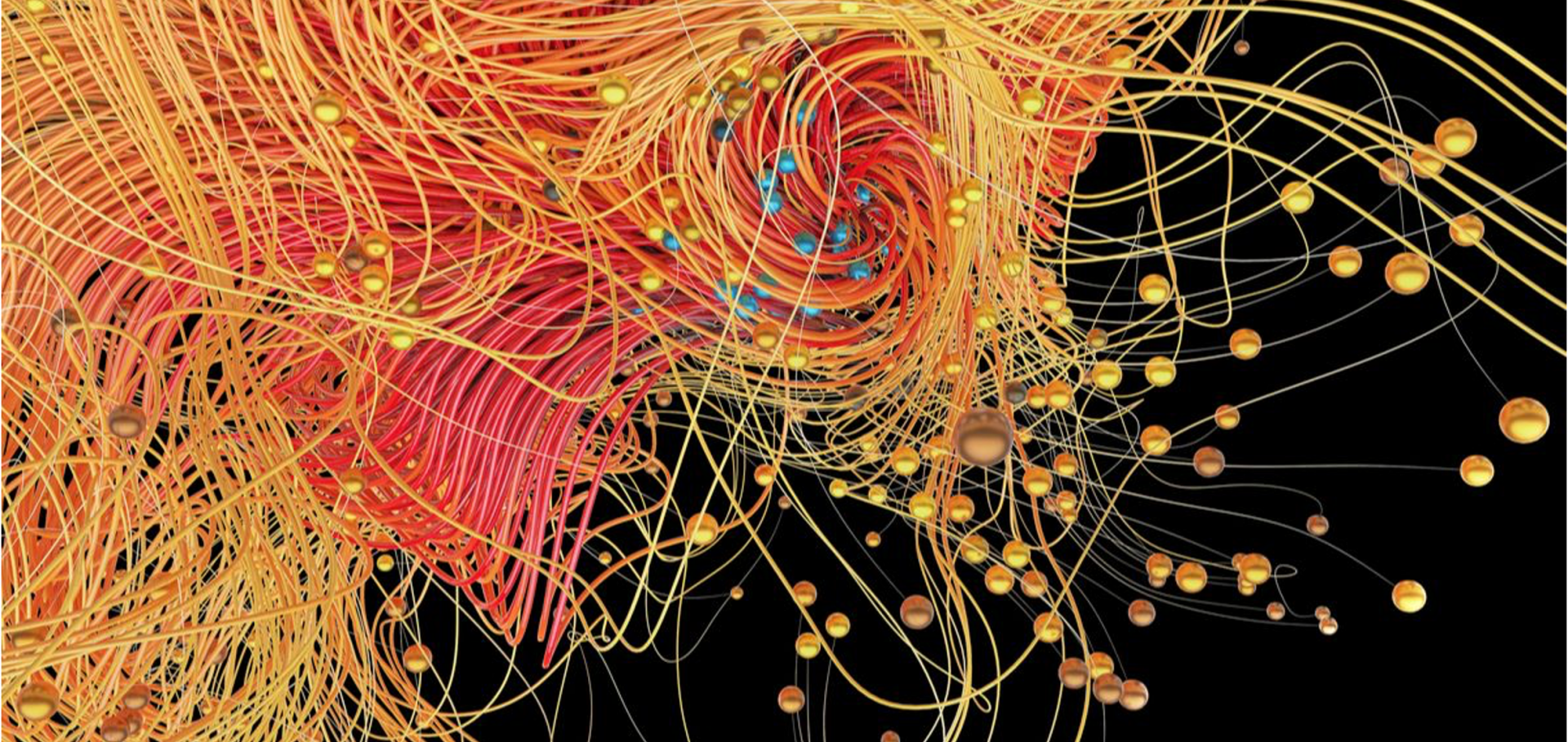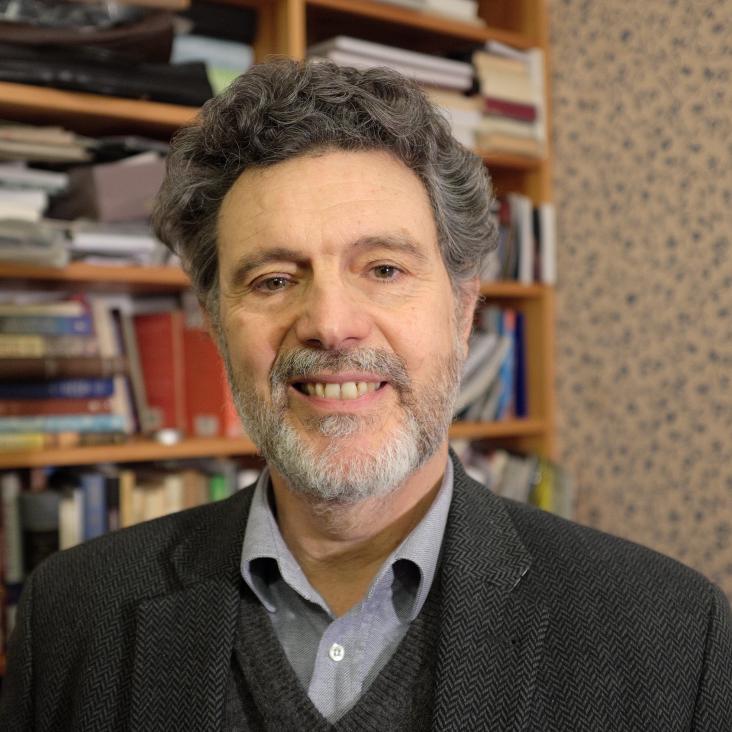Spatially reconfigurable topological textures in freestanding antiferromagnetic nanomembranes
(2023)
Understanding the Role of Non-Fullerene Acceptors Crystallinity on the Charge Transport Properties and Performance of Organic Solar Cells
(2022)
Activating magnetoelectric optical properties by twisting antiferromagnetic bilayers
Physical Review B American Physical Society 106:18 (2022) 184408
Abstract:
Twisting in bilayers introduces structural chirality with two enantiomers, i.e., left- and right-handed bilayers, depending on the oriented twist angle. The interplay between this global chirality and additional degrees of freedom, such as magnetic ordering and the local octahedral chirality arising from the geometry of the bonds, can yield striking phenomena. In this work, we focus on collinear antiferromagnetic CrI3 twisted homo-bilayers, which are characterized by a staggered octahedral chirality in each monolayer. Using symmetry analysis, density functional theory, and tight-binding model calculations we show that layer's twisting can lower the structural and magnetic point-group symmetries, thus activating pyroelectricity and the magneto-optical Kerr effect, which would otherwise be absent in untwisted antiferromagnetic homo-bilayers. Interestingly, both electric polarization and Kerr angle are controllable by the twist angle and their sign is reversed when switching between left- and right-twisted bilayers. We further unveil the occurrence of unconventional vortices with spin textures that alternate opposite chiralities in momentum space. These findings demonstrate that the interplay between twisting and octahedral chirality in magnetic bilayers and related van der Waals heterostructures represents an extraordinary resource for tailoring their physical properties for spintronic and optoelectronic applications.Theoretical Study of Magnon Spin Currents in Chromium Trihalide Hetero-bilayers: Implications for Magnonic and Spintronic Devices
ACS Applied Nano Materials American Chemical Society (ACS) 5:10 (2022) 15150-15161
Activating magnetoelectric optical properties by twisting antiferromagnetic bilayers
(2022)



